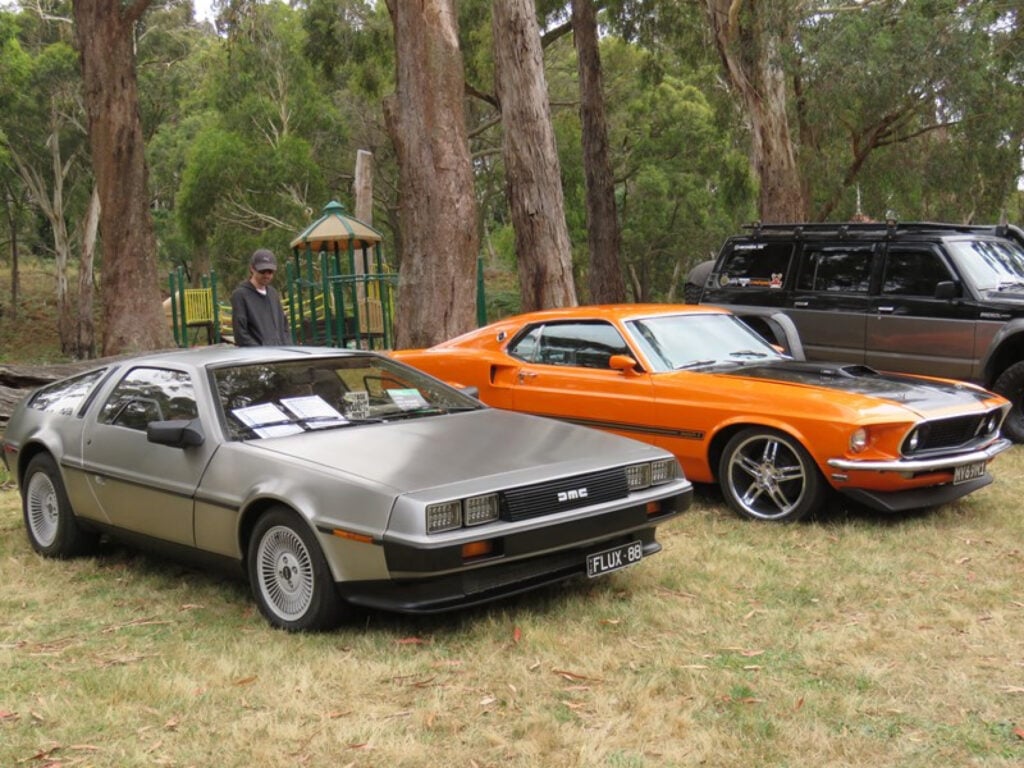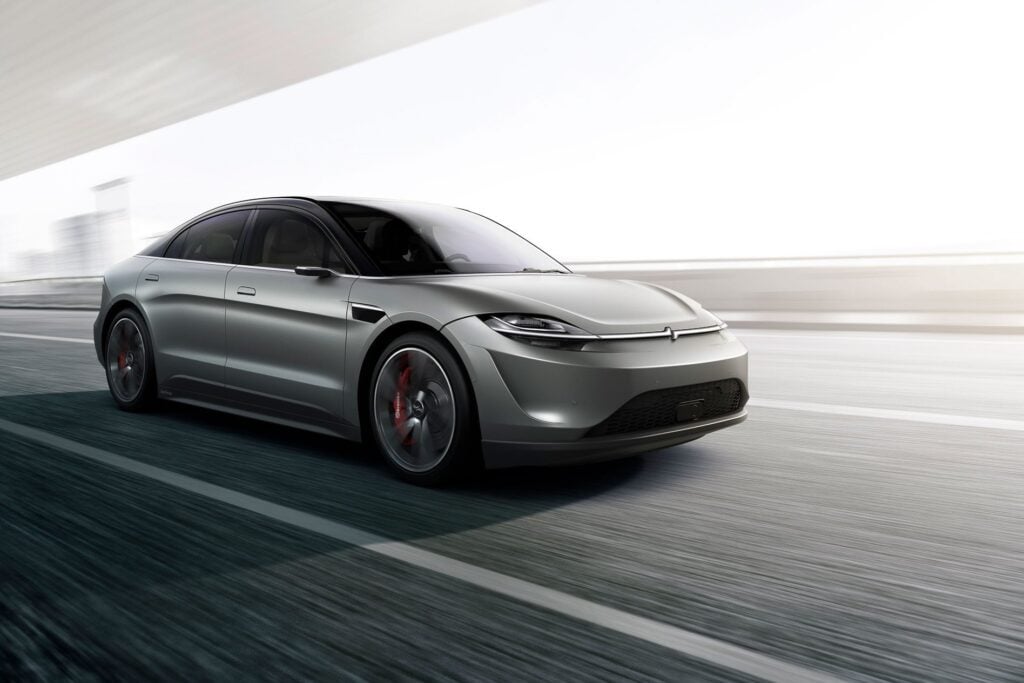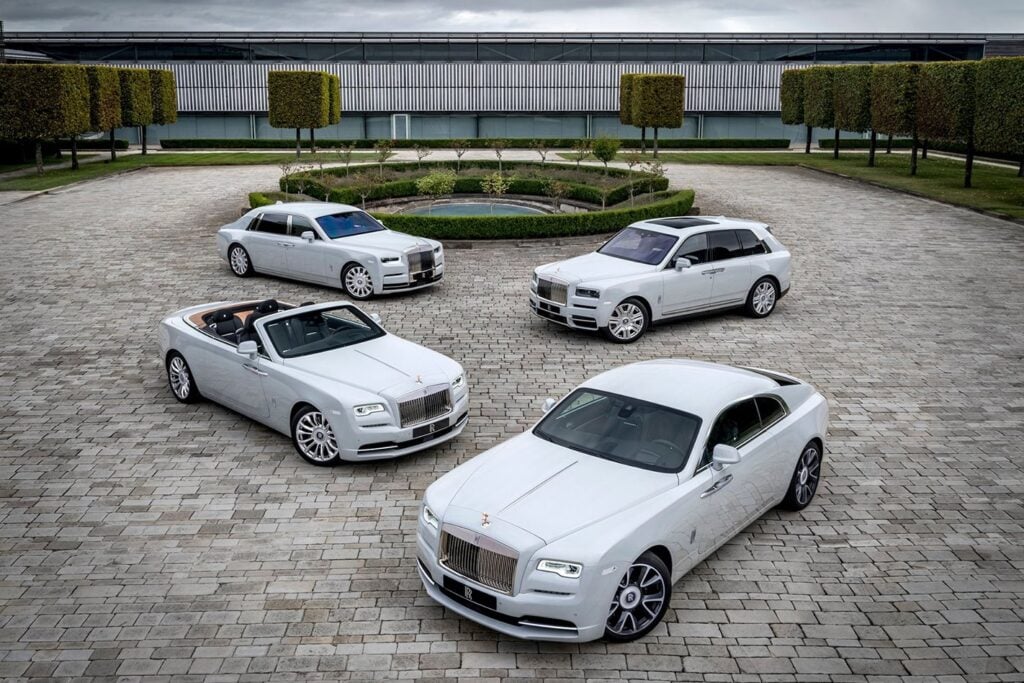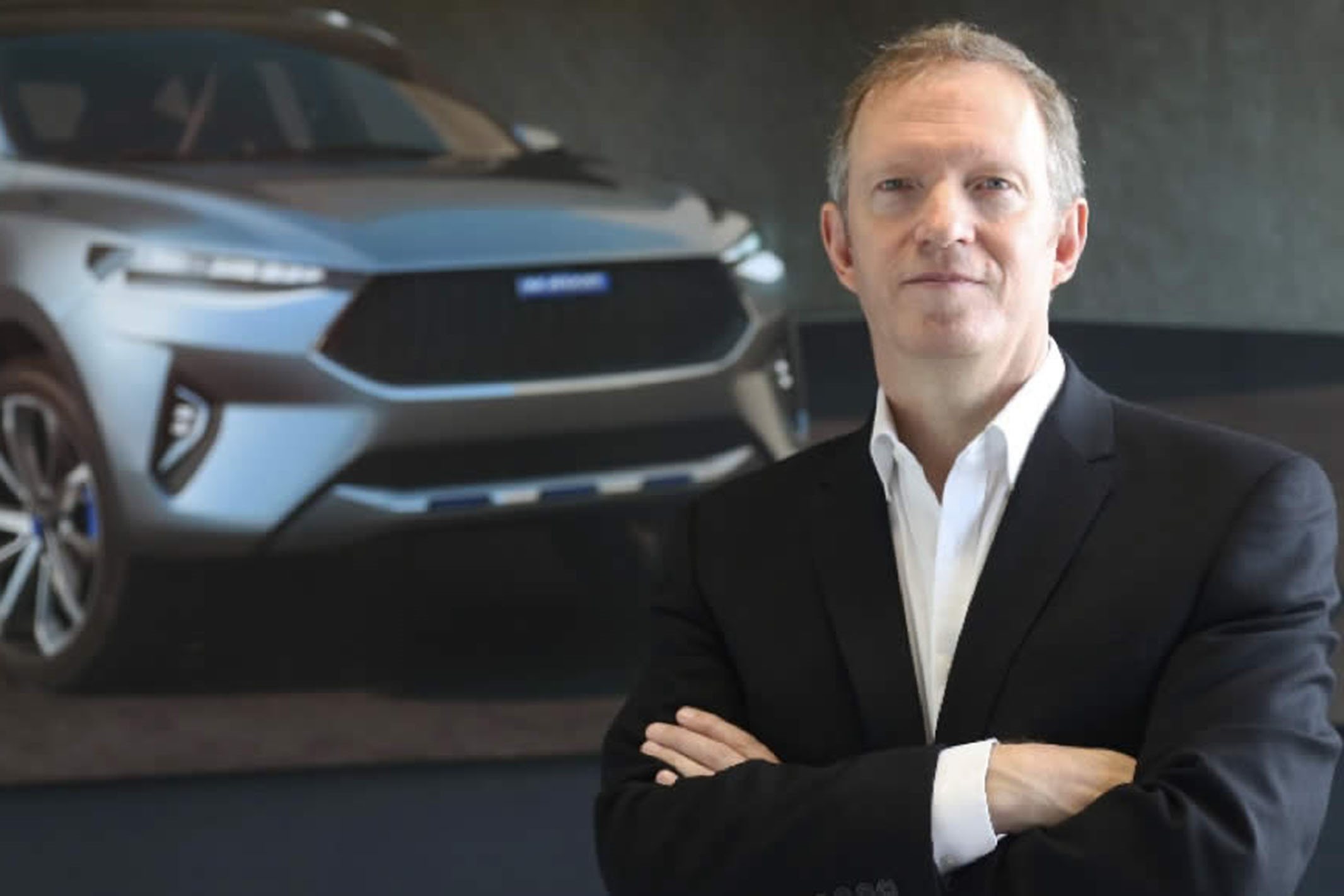
You probably don’t recognise Phil Simmons by name, but if you’ve spent any time on the road you’d certainly be familiar with his work.
One of the world’s leading automotive designers, Simmons is in his 30th year of a career spanning the UK, Europe, US and now China.
Much of that time has been with Land Rover, where he penned most of the current generation Range Rovers including the Sport, Evoque and the swept-back Velar, not to mention the Land Rover Discovery and Discovery Sport.
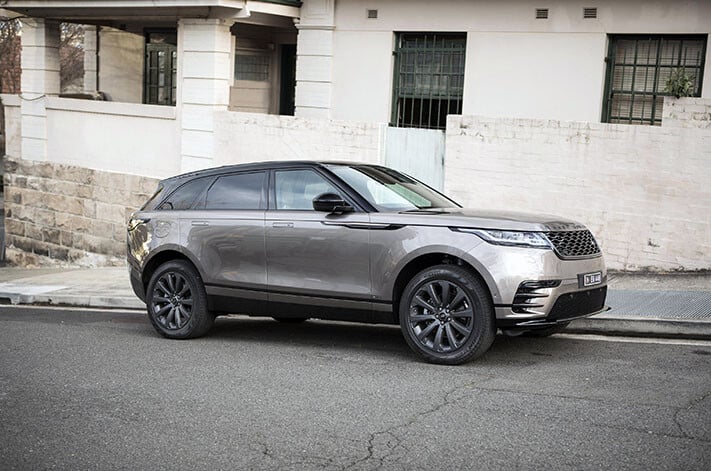
There was also about nine years at Ford, which culminated in him designing the sixth-generation Fiesta light hatch, which was built around the world since launching in 2009.
“I’m very proud of that one,” smiles Simmons. “It was the best-selling car in the UK for the entire duration of its production lifespan. I’d always hoped for that result but I never quite believed it would happen.”
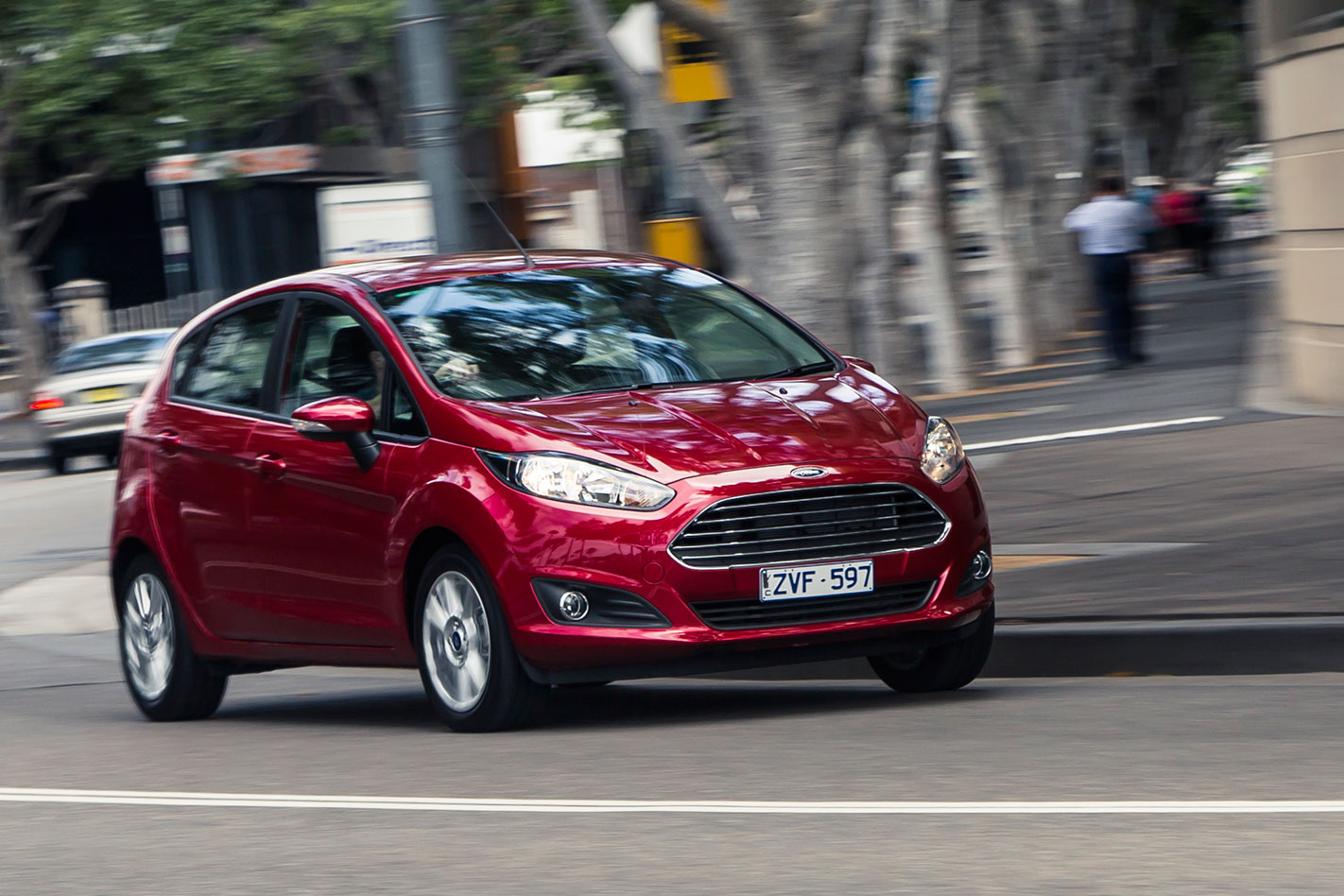
As anyone would in its vehicles, it would be easy to get comfortable in a corner office at Land Rover’s Whitley HQ sketching the world’s most recognisable SUVs. But after 21 years Simmons decided it was time to prise himself away from his Coventry comfort zone to take on one of his biggest challenges yet.
Last year he and his wife packed their bags and moved to Baoding, an industrial city 150km southwest of Beijing to take on the role of Design Director and Vice President at Great Wall Motors subsidiary Haval.
“We’ll probably look back in maybe 10 years and wonder why we ever had any doubt that China was going to be right at the top of the industry.”
The Chinese SUV brand doesn’t quite have the global recognition enjoyed by his former company, but it’s no minnow. Last year it sold more than 800,000 SUVs in China alone and sells vehicles in 32 countries. Now it’s looking increasingly outward with lofty ambitions to produce 2 million vehicles per year to become the world’s leading SUV brand – not bad for a company that barely existed five years ago.

Helping Haval achieve its lofty ambitions is a formidable challenge, but Simmons knows it’s a once-in-a-lifetime opportunity.
“I realised that this was a real ambition of mine,” he says. “Ever since I started out in design I always wanted that responsibility for a brand and really show what I can do with a brand DNA.
Stay up to date! Sign up here to get WhichCar’s e-newsletter
“Haval is a leader in the SUV market in China so is well positioned to grow internationally and clearly the senior management at Great Wall really value design. So it was a perfect opportunity, one too good to miss.
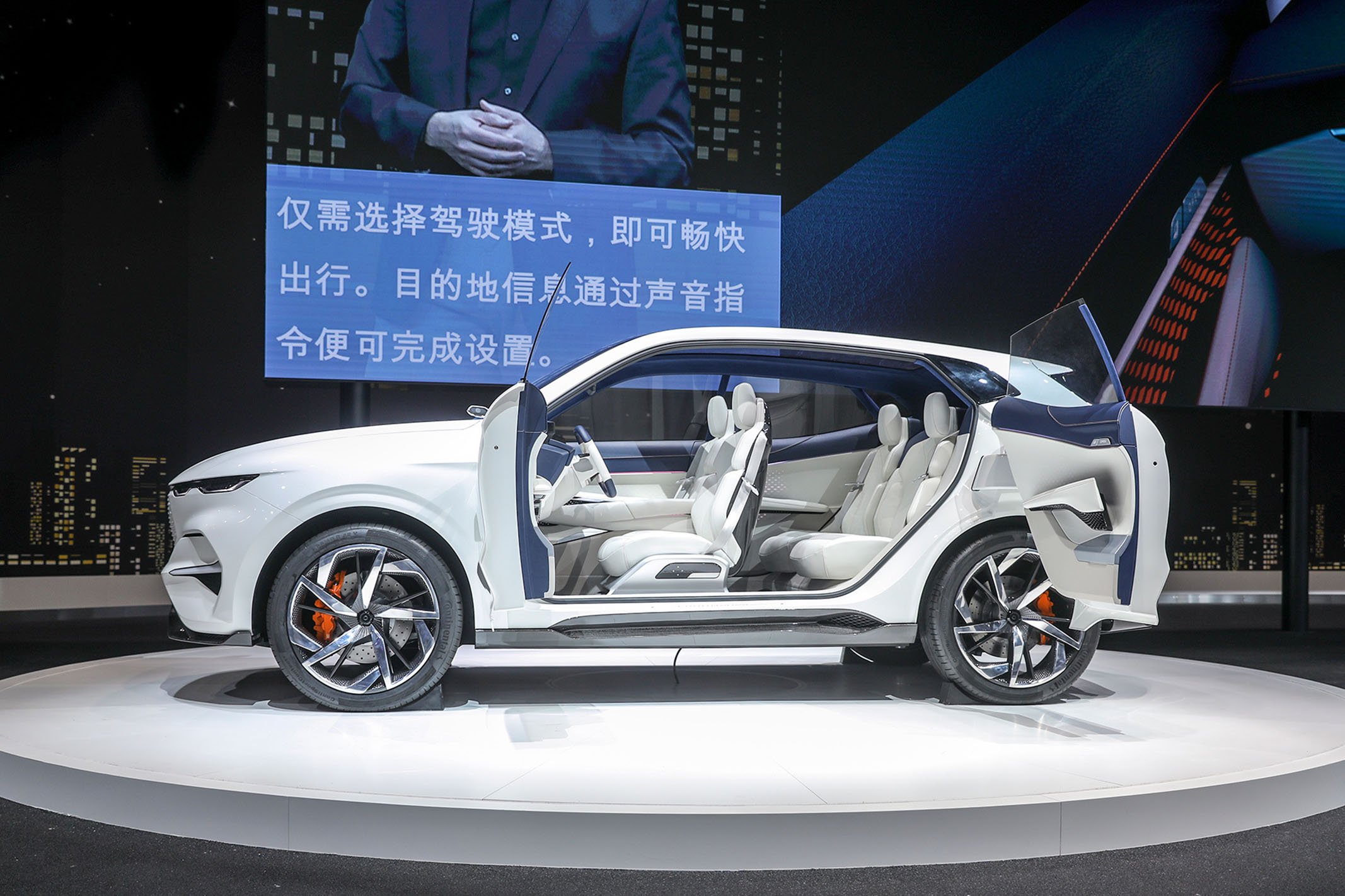
Haval Vision 2025 concept
“But I don’t come here thinking I need to change everything that I see. Actually we have a very strong foundation in terms of the design DNA and it’s something that we can build on.”
The first new design to come under his charge is the Vision 2025 concept SUV unveiled at Shanghai, which he reckons will greatly influence the third generation of Haval SUVs, one of which will be bound for Australia in 2021.
Speaking at the Auto Shanghai motor show, Simmons says his design team will attempt to utilise as much of the concept’s design features as practically possible.

“I’ve always believed that if you do a show car there should be some kind of intent to deliver that show car eventually, so it is a statement of intent.”
Embracing inexperience
The fact Australian Haval dealers have to make do with having the company’s first-generation SUVs in their showrooms continues to prejudice our perception of Chinese motoring design that, as demonstrated by the fascinating range of futuristic vehicles on display at Shanghai, has undergone its own cultural revolution during the past three years.
According to Simmons this is testament to the Chinese designers’ ability to learn and adapt quickly, while using their relative freshness to the industry to challenge design conventions.
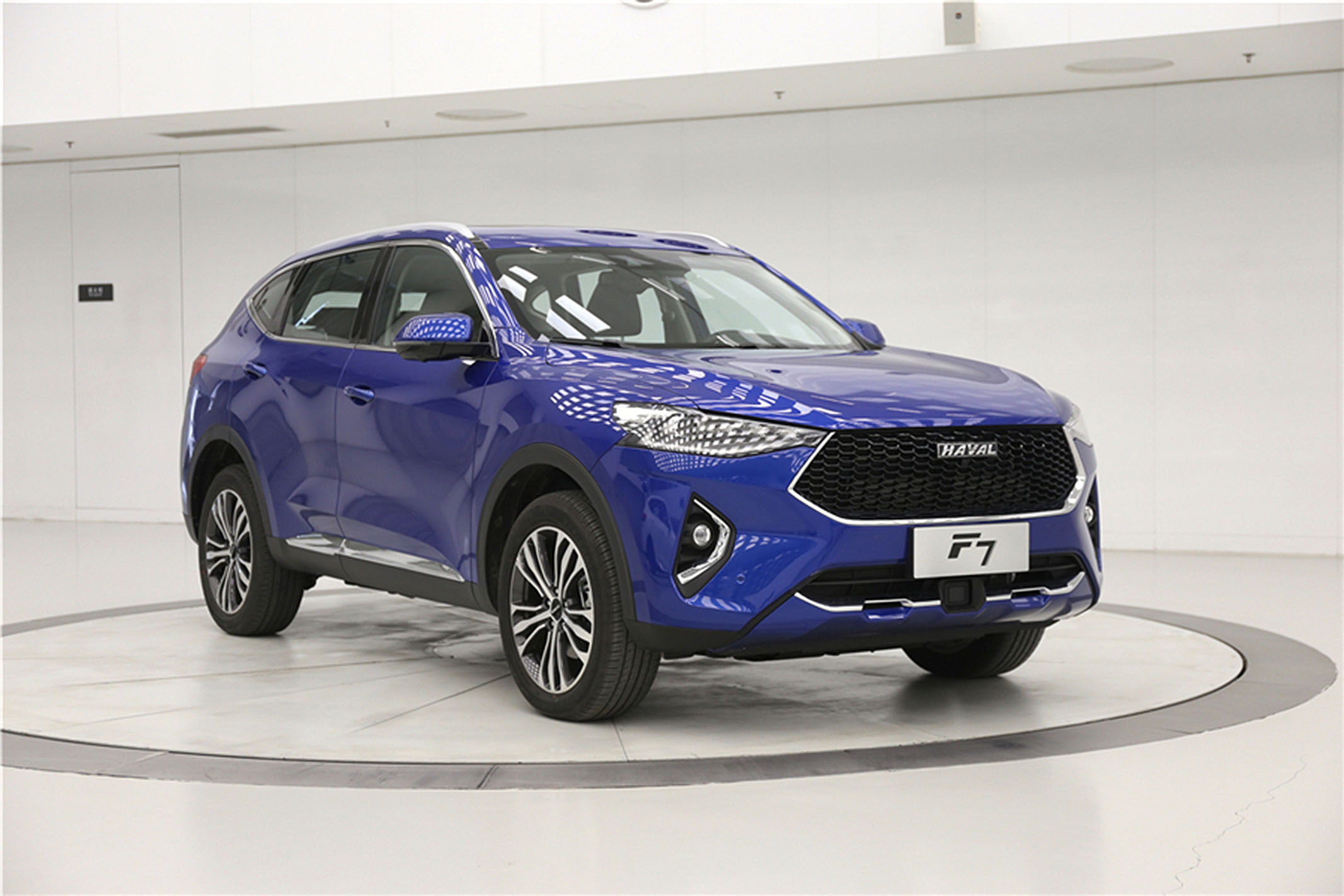
Haval F7
“We’ll probably look back in maybe 10 years and wonder why we ever had any doubt that China was going to be right at the top of the industry.”
He adds that China’s rapid growth and technological advancement are among the great inspirations for his design teams and there’s no better place to be witness that meteoric ascent than from within the hi-tech metropolis that is Shanghai.
While most of Haval’s design work is done at Baoding, the company has a satellite design office in China’s biggest city where the team can work creatively free of the production process.

Wey VV7
“Shanghai is kind of a melting pot for the international design community today,” says Simmons. “Our team there very much focuses in the future and what’s next, not so much constrained by a production program, but working with a clean sheet of paper and thinking where can the automobile go next?
Simmons reckons another advantage of a relatively fresh design culture is that it only knows modern cars, meaning innovations such as electric powertrains, autonomy and infotainment are simply part of the design process rather than a hurdle to overcome. Legacy and tradition don’t get in the way, because they simply don’t exist for most Chinese auto brands.
“The design process is now touching on many areas of the vehicle’s functions and not just the way it looks.”
Aesthetics are still incredibly vital to a car’s success though, which is something Haval seems to have learned judging by its latest products, the F7, Wey VV7 luxury SUV, and the Vision 2025 concept.
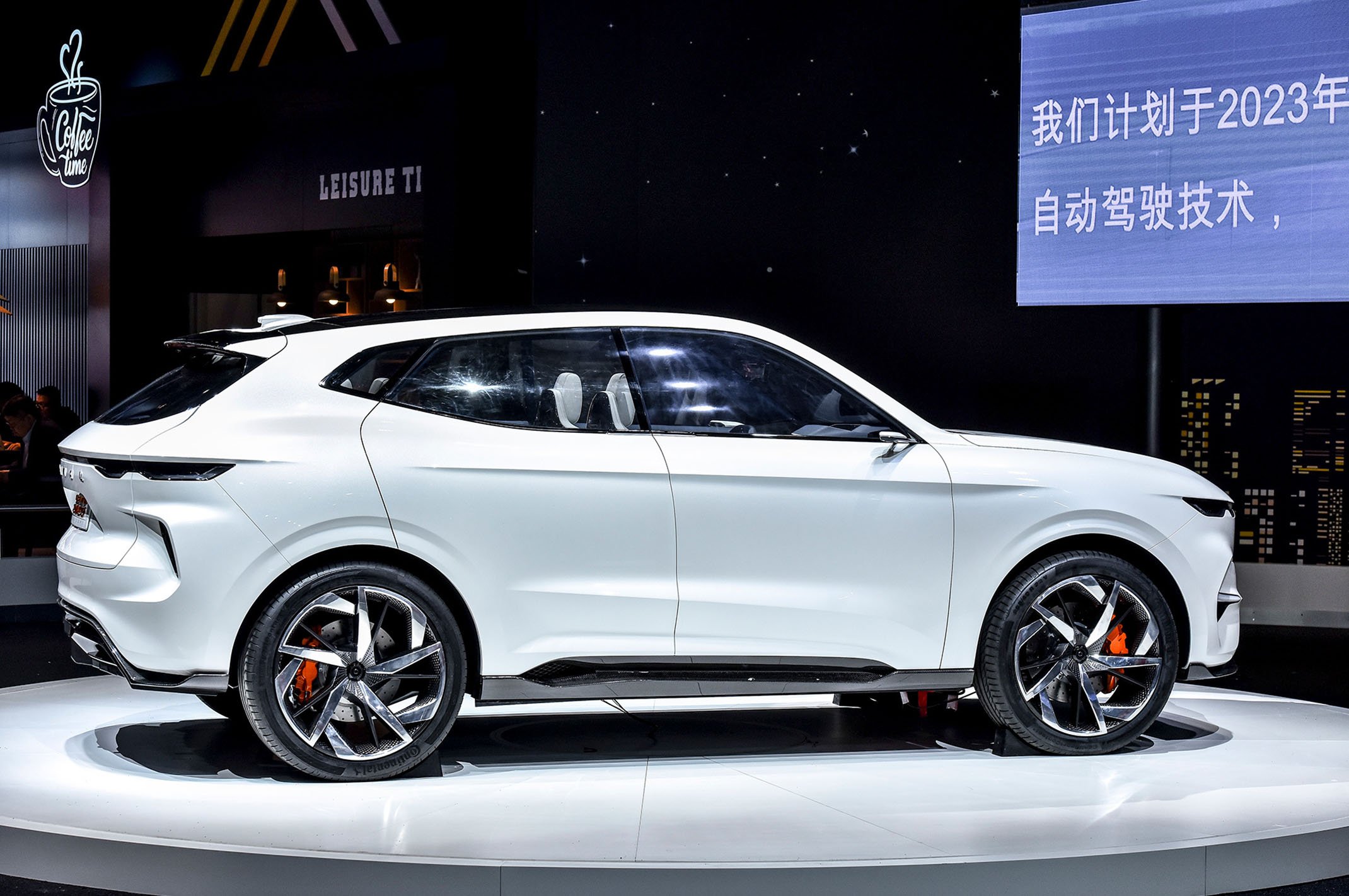
Simmons says to this end there are some design philosophies that will never change.
“Personally it always starts with a side view, probably the front fender,” he laughs.
“Vision 2025 is no different. That started with a drop-dead gorgeous side view. With the side view you can really define the overall proportions, and the character of the vehicle.
“Once you’ve got a great-looking side view it gives you a fantastic foundation for bringing the front and the rear design into the full three dimensional development. If you don’t have a good looking side view however I think you’ll always struggle through the whole process.”


